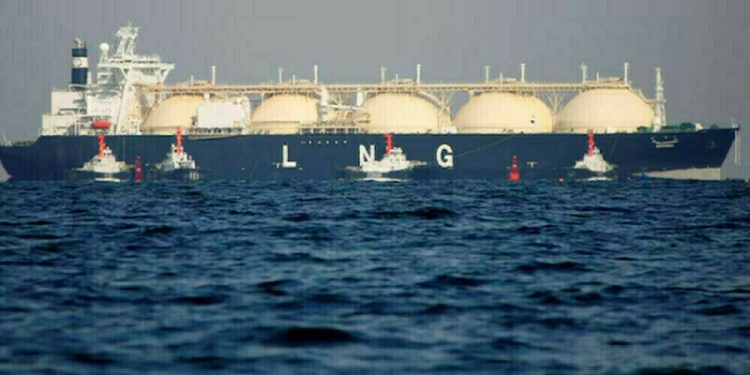Paraxylene prices in Northwest Europe have fallen in the past three months, even though supplies remain tight in the region, with the margins of PX against feedstock MX currently at a six-month low. A bid at $950/mt FOB ARA from a trader has not been met with an offer for almost a week now, market sources said.
Another trader, based in the US, said Friday that he was not being offered cargoes on a FOB ARA basis although he was in need of imports.
Aromatics traders and brokers across Europe maintain that this paradoxical situation for PX comes on the back of two factors: expectations of export demand rising early next year combined with a comfortable margin for producers over naphtha, which is used to produce xylenes.
TRADING AT FOUR-YEAR LOW
Paraxylene prices in Europe are currently trading at their lowest level in four years. On Friday, PX was assessed by Platts at $951/mt FOB Korea, having dropped $44/mt week on week. PX prices were last lower on August 22, 2010, when they were assessed at $900/mt FOB ARA.
The product has fallen consistently since July, amid a fall off in demand from the US.
Consumption of PX in the US is currently around 6.8 billion lb/year or about 3.1 million mt/year.
According to Eurostat data, the EU exported 28,277 mt of PX in June, up 78% year on year and about 71% on the month. The US, with 22,294 mt of EU-origin PX imports, accounted for a major share of the June figure.
In July, however, Europe’s PX exports were negligible.
In August, exports resumed and the continent exported about 8,000 mt.
“Most of these cargoes met contract commitments,” a trader said.
European PX demand faced an adverse impact from the shutdown of BP’s two PTA production units at its Cooper River, South Carolina. This facility has a PTA capacity of 2.86 billion lb/year. The first unit at the plant was shut mid-August following a fire in a compressor unit. It is yet to be restarted.
–
The second unit was shut end-September and there is no update yet as to when it will be restarted.
“BP’s first unit is expected to restart mid-November. It is expected to be followed up with the restart of the second unit. These units are expected to run at low operation rates till early 2015 and their feed requirements are expected to be met by BP’s existing inventory,” a US-based trader who imports Europe origin cargoes said. “However, the company will need spot PX cargoes from early 2015. While producers in Europe are not negotiating their cargoes at low prices on anticipations of higher PX prices, traders and brokers want to begin arranging cargoes.”
The transit period for Europe-origin cargoes to reach the US shores is two to three weeks.
Another, and a more long-term impact on European PX prices, came from new capacities coming online in Asia and the Middle East.
Saudi Arabia’s Yasref started up a new 400,000 b/d refinery at Yanbu at the end of September.
The refinery has a 700,000 mt/year PX unit, one a string of such startups that has pressured PX prices globally.
At the end of August, India’s ONGC Mangalore Petrochemicals Ltd. began shipping PX from its new Mangalore aromatics plant, which can produce 900,000 mt/year of PX.
Singapore’s Jurong Aromatics Corp. plant, which has a PX capacity of 800,000 mt/year, also met the specification for the product in early September and has begun shipping cargoes.
Europe had been a consistent exporter of PX cargoes to Asia, particularly to China, for several years according to Eurostat data.
Within Europe, downstream PTA demand of about 4.1 million mt/year is currently being met by a PX production capacity of 2.1 million mt/year. While the PTA plants are running at an average of 65% at present, the average operation rate of PX plants is estimated at 70-80%.
PX-MX MARGINS AT SIX MONTHS LOW
The PX-MX margin stood at $42/mt on Friday, its lowest level since early May.
PX producers were however not heard preparing to shut down their plants. A comfortable margin of more than $300/mt against naphtha has helped European producers, several trade sources said.
The recent drop in crude prices has pressured naphtha prices and the product’s price has fallen steeper that those of PX and MX.
On Friday, naphtha was assessed at $635.25/mt, resulting in a PX-naphtha margin of $315.75/mt. Naphtha is the prime feedstock used to produce mixed xylenes from which products like PX and orthoxylene are extracted by boiling.
– Platts.com

























